Gran Canaria, the sky is not that far away
If you go up to the top of the Cathedral of Santa Ana, in Las Palmas de Gran Canaria, you are treated to a panoramic and illustrative view over the city.
It takes less than two minutes to reach the sky. The time it takes to pay 1.50€, take a modern lift for around twenty seconds, and then walk up the 54 steps that lead up to the top of the south tower of the Cathedral of Santa Ana in Las Palmas de Gran Canaria, a religious monument from where the city calls out to the heights.
The panoramic views afforded by the top of this magnificent religious building, the most important one in the Canaries, portray a tale of the history, evolution and character of Las Palmas de Gran Canaria. With words not needed, the city speaks through evocative images.
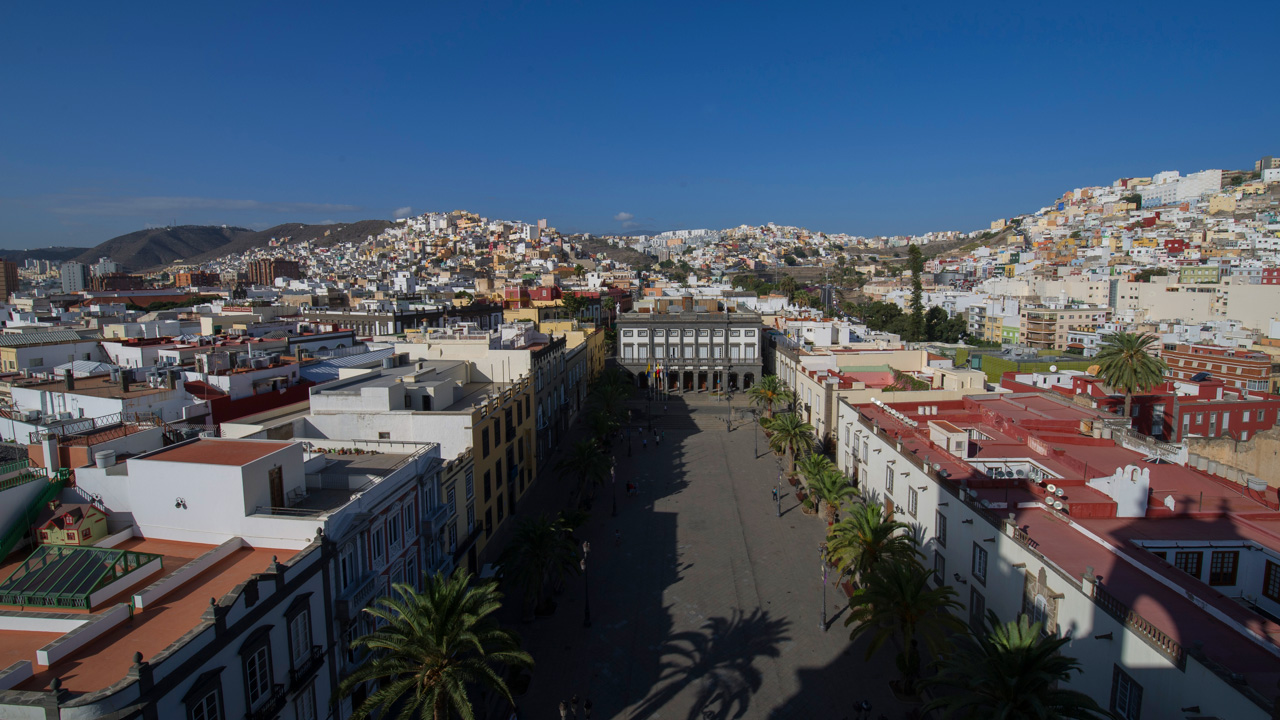
This dialogue between the past and the present is apparent, on the one hand, in the web of cobbled backstreets and elegent buildings in the neighbourhood where the capital began to emerge, namely Vegueta, the site where the first Castilian city in the Atlantic sprang up. The bird’s eye view provided by the tower shows how the historical town centre spread out, and where temple spires, large town houses and century old buildings all emerge, in an area which is a permanent celebration of the local heritage and architecture.
Right opposite the neo-classical façade of the Cathedral, built under the express orders of the Catholic Kings, is the square of Plaza de Santa Ana. It is like a lake where all the side streets gush out onto, like streams bubbling over time and stone. The Council Offices, which were inaugurated back in 1856, look out directly towards the religious temple, overshadowed by its towering height.
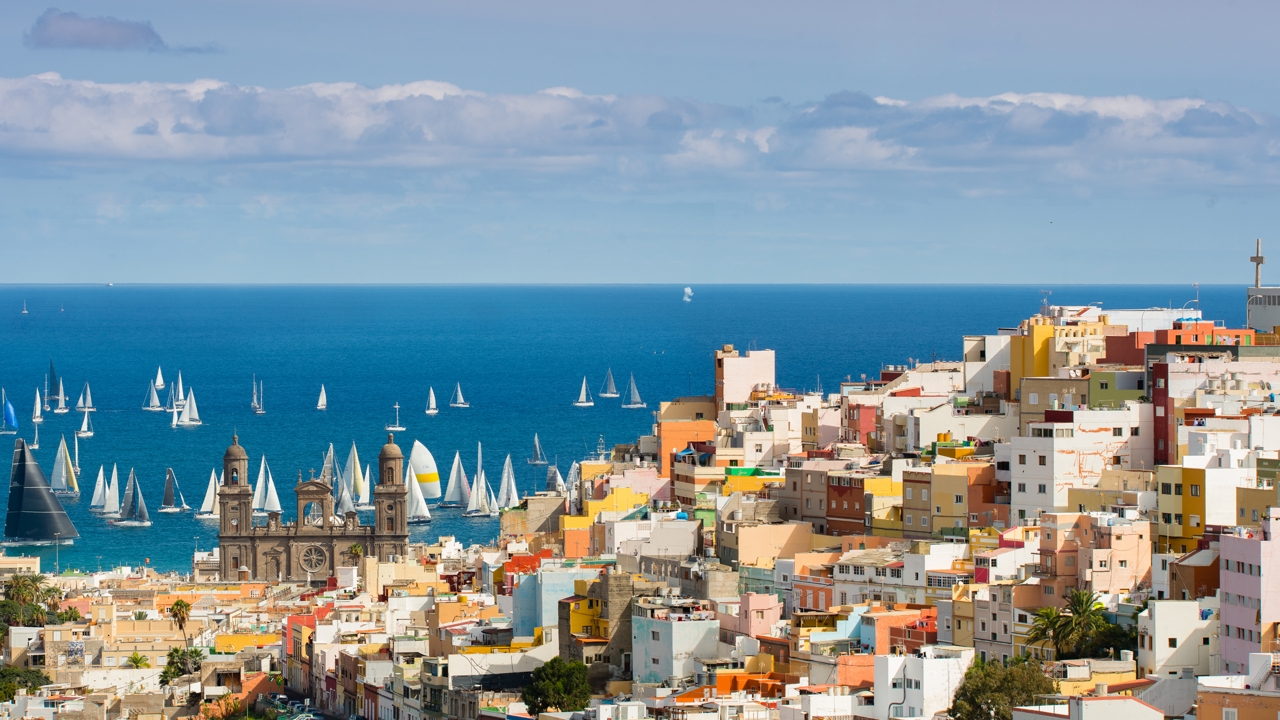
Behind the Council Offices are the mosaic-like patterns of Los Riscos, the nearby districts of Las Palmas de Gran Canaria, where the developing city climbed up the hillsides surrounding Vegueta. They are like colourful urbanized patterns that have been immortalized by artists over time. Indeed, this neighbourhood has become one of the identifying images of the city at this Atlantic outpost.
Let’s continue to listen to what Las Palmas de Gran Canaria has to say to us… To the north we can make out the silhouette of the volcanoes at La Isleta. The story of a volcanic past that has slipped inside the Cathedral’s very structure, with basalt rock and the pumice stone from the local quarries.
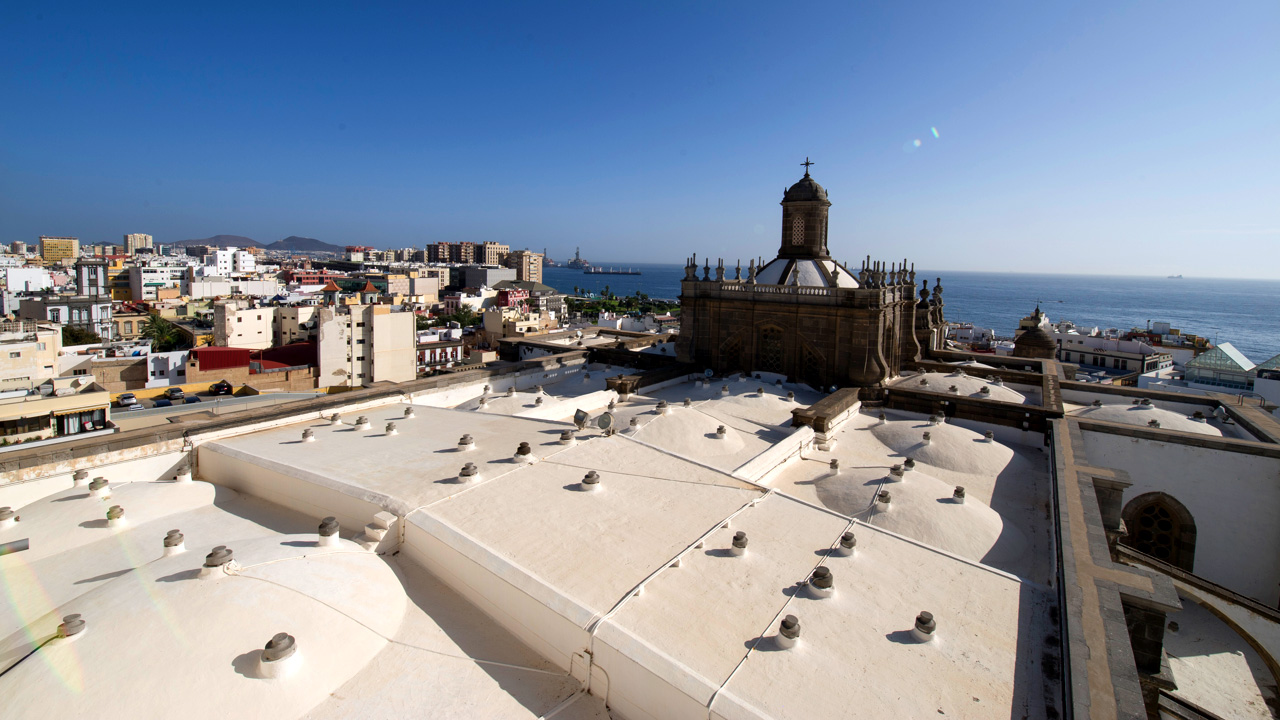
To the side of the isthmus, although just out of view from here, Las Canteras beach opens up. What we can see is the Port and the deep blue bay where boats come in and out from all over the world, the view of which is mixed with the base of the dome that rounds off the cross form of the Cathedral. In the far off hazy mirage it looks like the boats are floating on the sky itself.
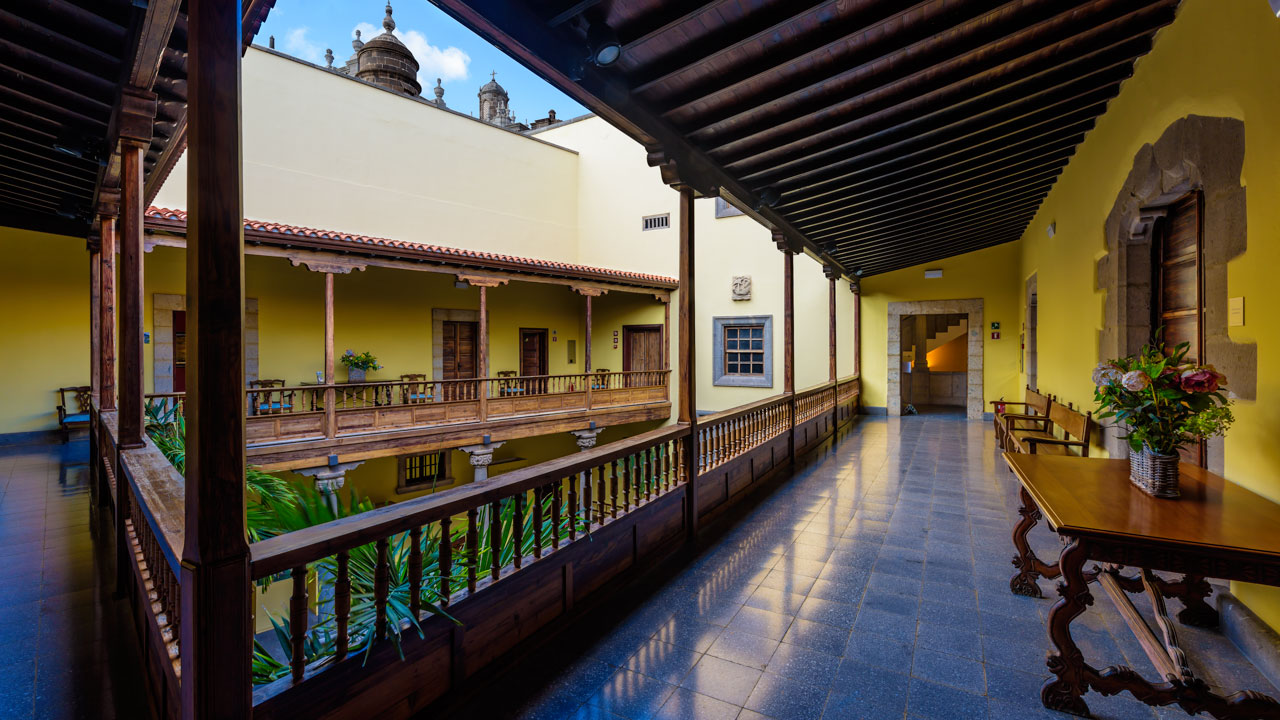
The bright south offers up the promise of a warm sun, and the way down seems to hint at all roads leading to the beaches down at Maspalomas, El Inglés and Mogán. Today, howerever, it is the city and its Cathedral that begs our attention. From our watchtower on high we can cast our eye over a vibrant and attractive town. The immediate surroundings around the Cathedral are packed full of top class tourist hotspots, such as the Columbus House Museum, and the Diocesan Sacro Art Museum, which can be accessed down one side of the temple.
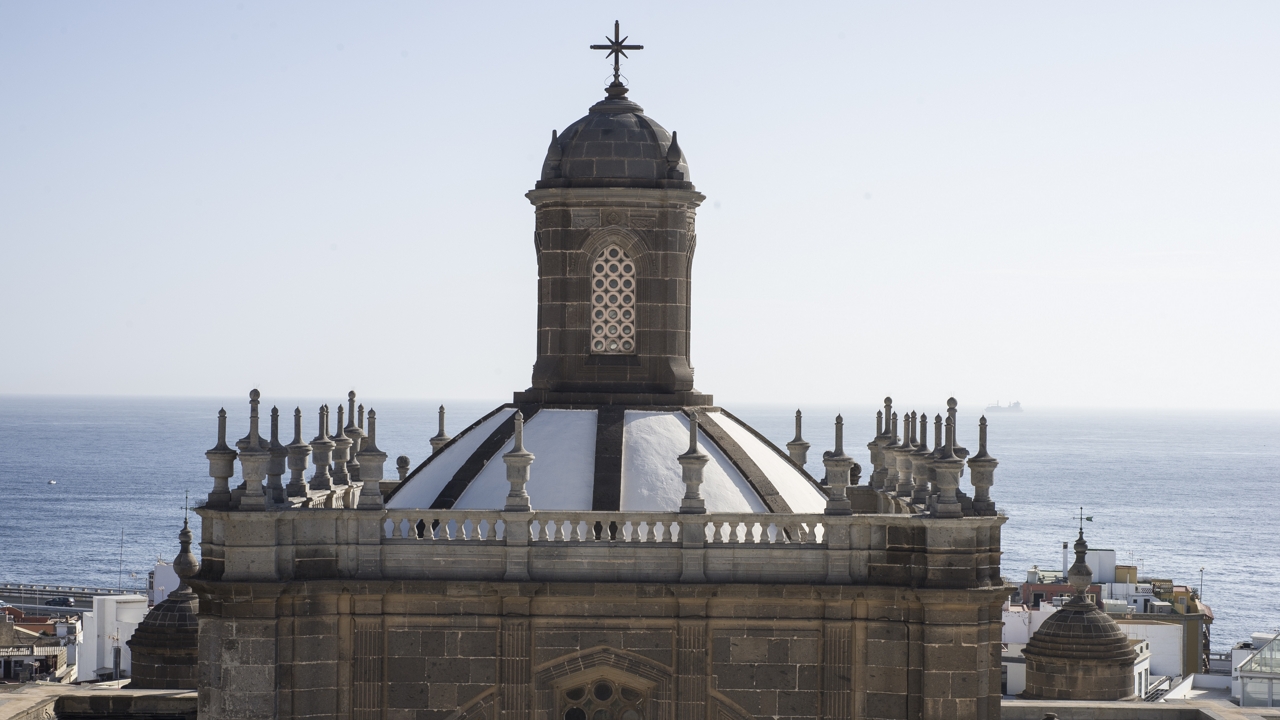
It’s time to make our way back down: first the 54 steps and then the short descent in the lift, as he once again hit sea level, which just a few moments ago seemed to blend into the sky.
USEFUL INFORMATION
The ascent up to the tower of the Cathedral of Santa Ana has a one for all price of 1.50€ and can be done Monday to Friday between 10.00 and 16.30, and on Saturday from 10.00 to 13.30.
Further information: diocesisdecanarias.es
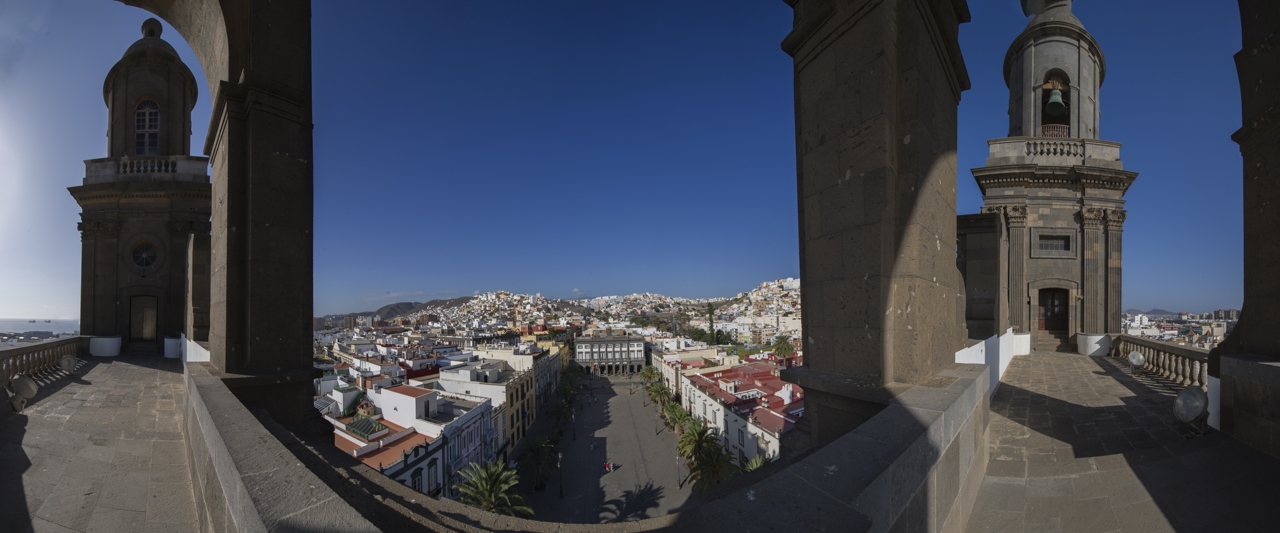

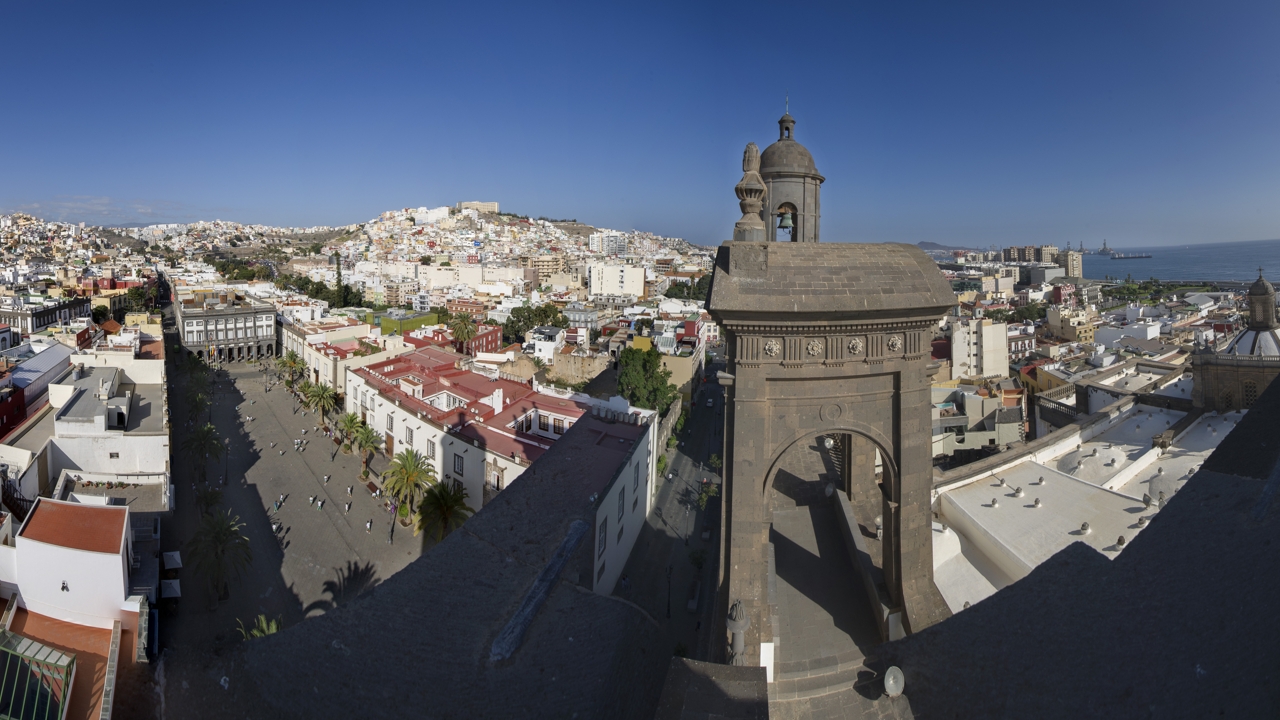
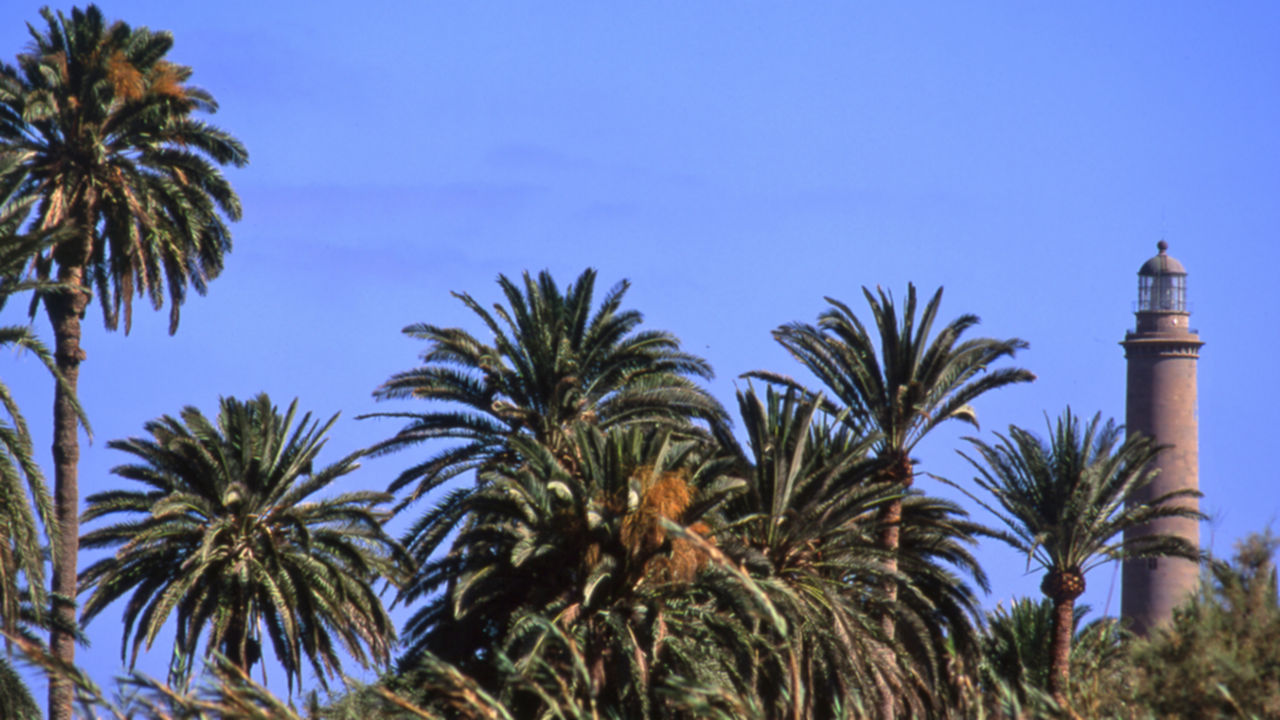
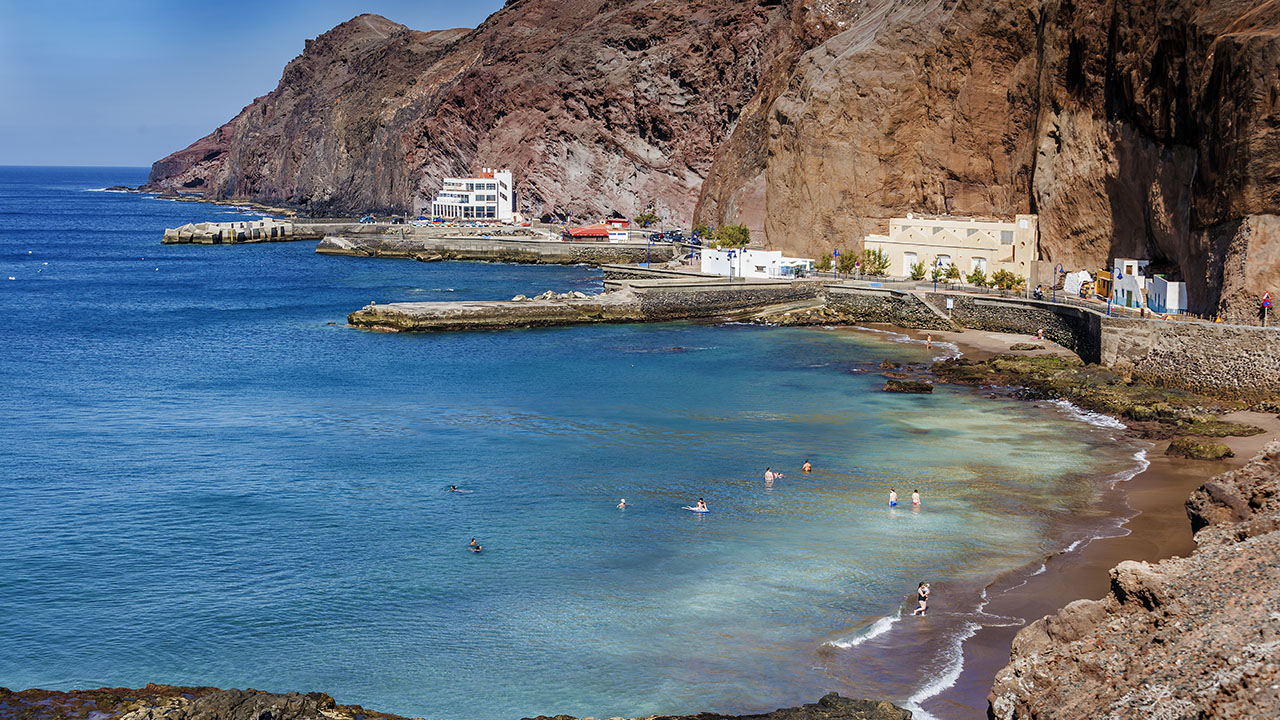
Comments are disabled for this post.